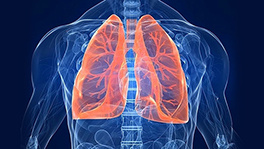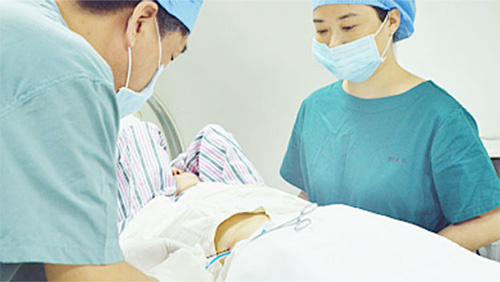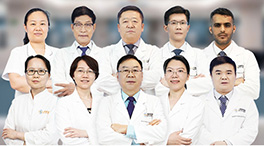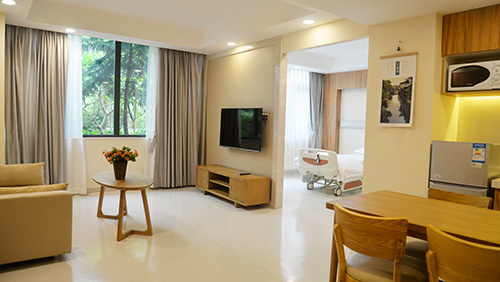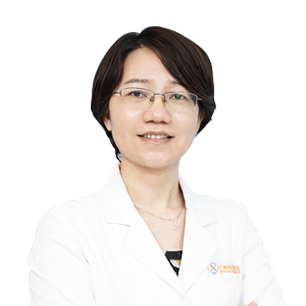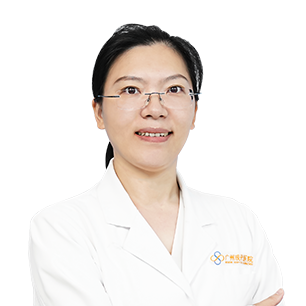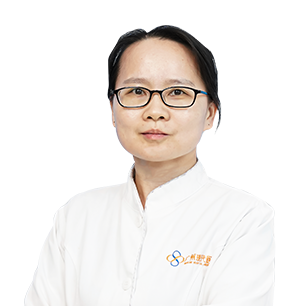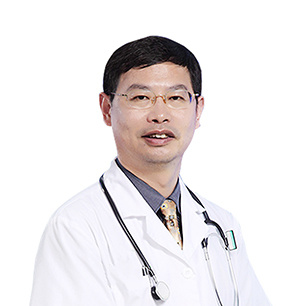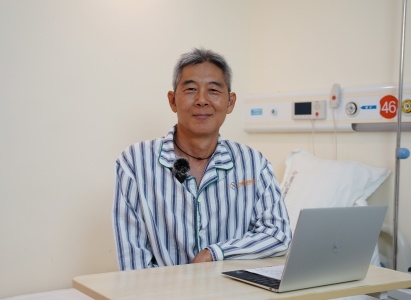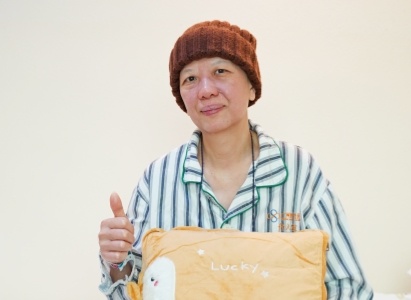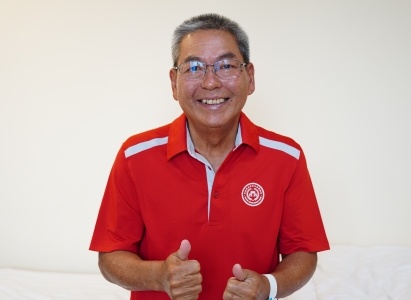 2024-10-16
2024-10-16 Share
Share
On September 27, 2024, the Malaysian International Medical Delegation, led by the Chairman of the Lions Club Malaysia Charity Foundation and medical experts from Klinik Singapore Sdn Bhd (Northern Malaysia), visited St. Stamford Modern Cancer Hospital Guangzhou. During their visit, they conducted in-depth inspections and engaged in discussions regarding the hospital's advanced minimally invasive treatment techniques and management practices. Wang Huaizhong, President of St. Stamford Modern Cancer Hospital Guangzhou, along with He Langbing, Director of the International Affairs Department, Yang Jinna, Director of the Hospital Office, and other leaders, warmly welcomed the Malaysian International Medical Experts and provided them with a cordial reception.
President Wang Huaizhong stated at the welcoming ceremony that St. Stamford Modern Cancer Hospital Guangzhou has been established for nearly 20 years and has treated over 50,000 patients from Southeast Asia, including nearly 10,000 patients from Malaysia. The hospital's minimally invasive, integrated, and personalized treatments have provided significant benefits to patients and addressed their treatment challenges. While the hospital has disseminated new anti-cancer concepts to its peers in Southeast Asia, it has also gained insights from Malaysia's specialized projects, allowing both sides to complement each other. Due to the hospital's strong reputation and extensive influence in Southeast Asia, it was designated last year as the "Belt and Road" integrated oncology medical training base by the China Anti-Cancer Association. The hospital is committed to promoting China's advanced oncology technologies and diagnostic and treatment concepts throughout Southeast Asia, thereby serving the region's vast population.
In his speech, he emphasized his hope that both sides would view this exchange as an opportunity to strengthen communication and understanding, enhance collaboration, complement each other's strengths, and support one another in the future. This collaborative effort aims to establish a new model of high-quality, coordinated development in hospitals, ultimately improving the public's sense of trust and security when seeking medical treatment.
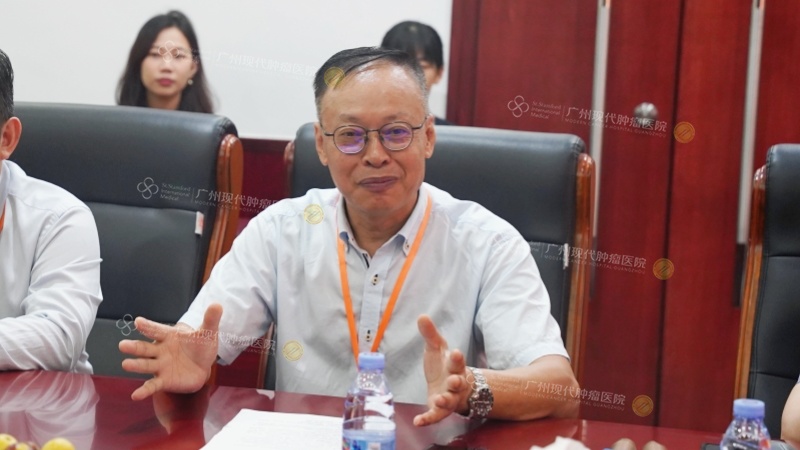
President Wang Huaizhong delivered a welcoming speech.
After the welcome ceremony, President Wang presented souvenirs to the representatives of the medical group and expressed his sincere gratitude for their strong support of the Malaysia International Service Center of St. Stamford Modern Cancer Hospital Guangzhou.
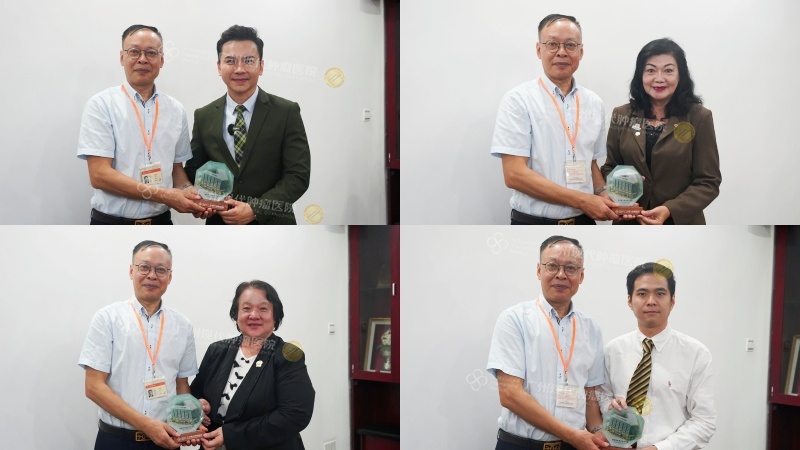
President Wang presented souvenirs to representatives from various medical institutions that visited.
In the recent visit, the medical group gained insights into the overall layout of the hospital and toured various essential departments, including tumor wards, minimally invasive operating rooms, patient wards, public dining areas, the remote consultation center, and the sky garden. The members of the medical group commended the hospital's layout and management, noting that the services are exceptionally meticulous and that the departments collaborate effectively. This synergy enables patients to undergo treatment efficiently and offers significant convenience for those battling tumors.
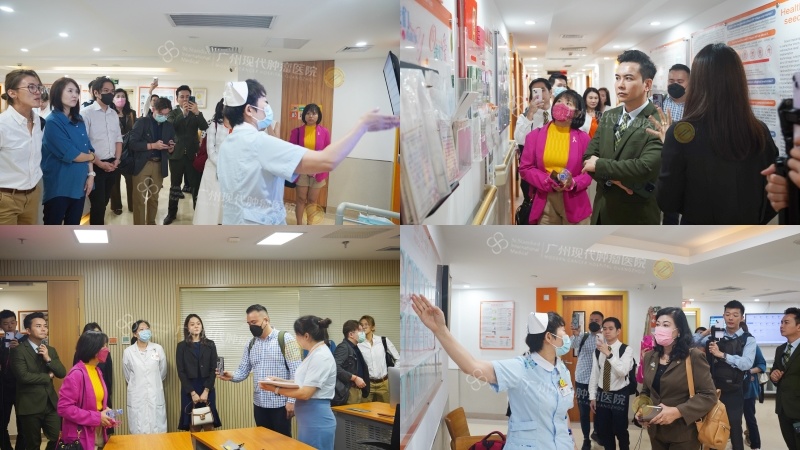
Visiting the hospital
Minimally invasive treatment is a key treatment feature at St. Stamford Modern Cancer Hospital Guangzhou. The delegation focused on visiting the hospital's interventional and minimally invasive rooms, where they observed vascular interventional surgery and seed implantation surgery, respectively. They also engaged in in-depth discussions with the department's expert doctors regarding the critical aspects of interventional procedures and seed implantation.
To provide the medical group with a comprehensive and in-depth understanding of our hospital's minimally invasive treatment technologies, our chief expert, Professor Song Shijun, who is also the assistant to the dean, held a discussion with the group. During the symposium, he thoroughly introduced our hospital's MDT diagnosis and treatment model, along with 18 advanced minimally invasive treatments. The diverse explanations and summaries of these treatments significantly heightened the medical group's interest. Both parties engaged in a lively exchange, posing questions and discussing various topics, including the advantages, contraindications, treatment combinations, and outcomes associated with each treatment.
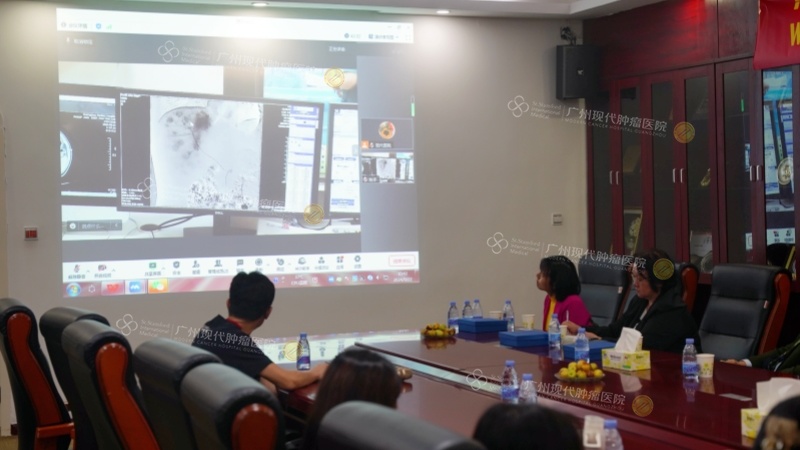
Observing interventional therapy procedures
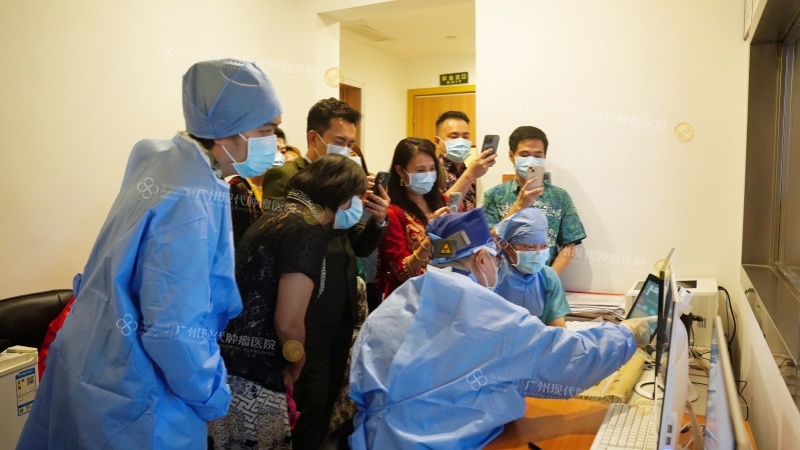
Observing seed implantation procedures
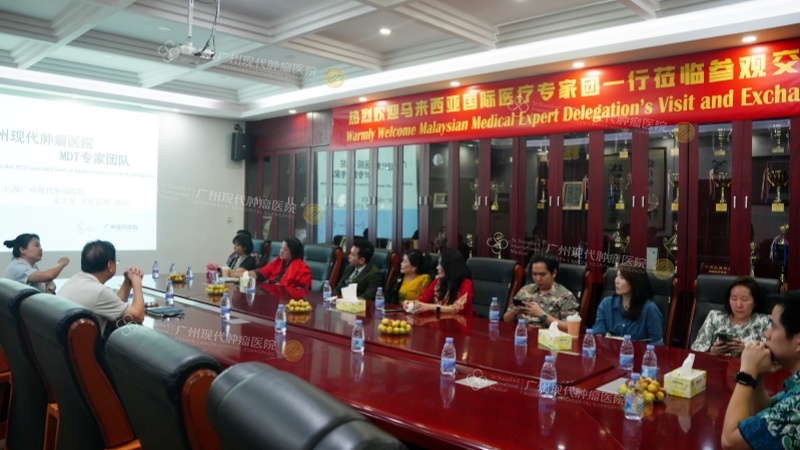
Our hospital's chief oncologist, Professor Song Shijun, who is the assistant of the President Wang, held a discussion with the medical group.
On the same day, the medical group also visited the Malaysian patients, Mr. Guo and Ms. Fang, who were hospitalized. They kindly inquired about their treatment at St. Stamford Guangzhou Cancer Hospital and their current physical recovery. The relaxed demeanor of both patients after treatment left a positive impression on the medical group members. The members expressed their heartfelt wishes for their recovery and reaffirmed the sophistication and advancement of the minimally invasive treatment at St. Stamford Guangzhou Cancer Hospital.
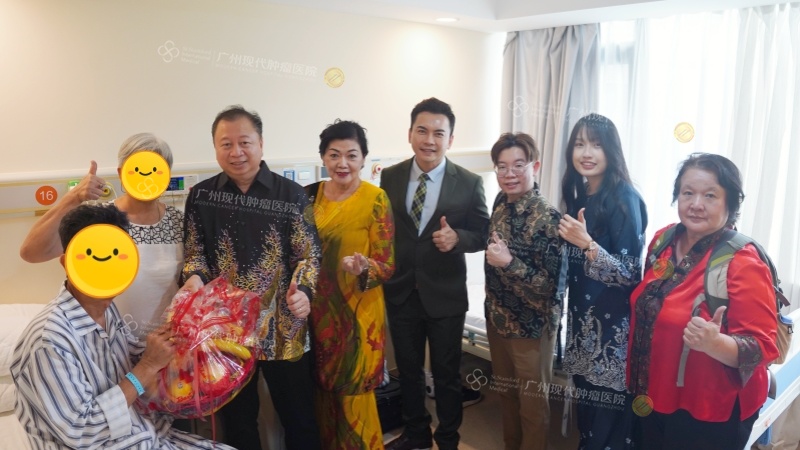
Visiting Mr. Guo, a Malaysian Patient
At the end of the visit, the medical group expressed their gratitude to the hospital, stating, "China's medical industry has developed rapidly and offers valuable lessons in many areas. During my visit to your hospital, I gained significant insights into international anti-tumor minimally invasive treatment. I hope these advanced techniques can be introduced in Malaysia, allowing more Malaysian cancer patients to receive improved treatment."


